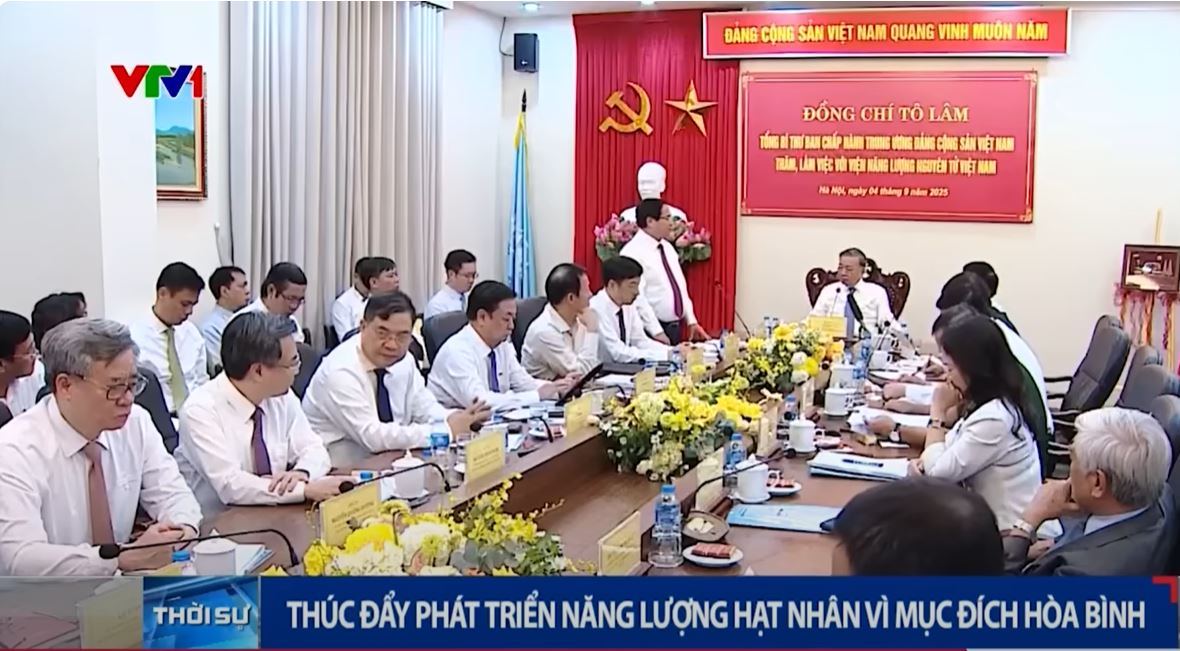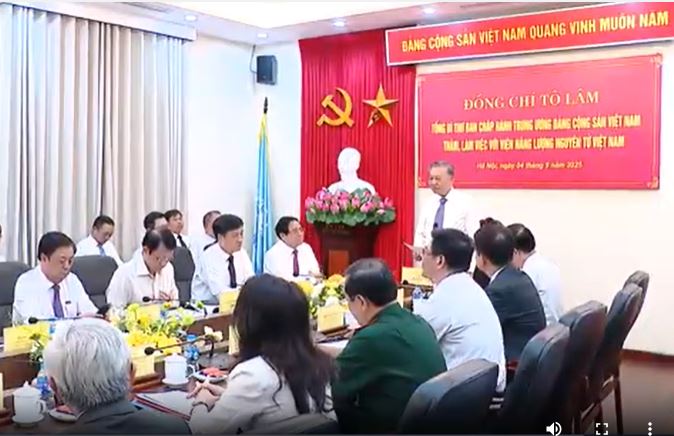- Nghiên cứu - Phát triển
- Hoạt động khoa học
Tính toán neutron cho lò phản ứng VVER-1000
Project information:
- Managerial level: Ministry
- Duration: 24 months (From January 2014 to December 2015)
- Contact email: tvietphu@gmail.com
The project, led by Tran Viet Phu in collaboration with colleagues at Nuclear Energy Center, Institute for Nuclear Science and Technology (INST) and at Nuclear Research Institute, Dalat (NRI), aims at verifying neutronic calculations using the deterministic approach (SRAC) and the Monte Carlo N-Particle transport code system version 5 (MCNP5) via two benchmark problems, and at investigating the neutronic characteristics of the VVER-1000/V392 reactor such as fuel rods, fuel assemblies and the full core in eight fuel loading cycles.
The fuel rod calculations indicated that the infinite multiplication factors (kinf), the neutron spectra and the cross-sections of the rods with gadolinium and of those which at various enrichment levels were different from one another. Also, the results pointed out that the above identified differences made the power distribution flatter in the fuel assemblies and had the effect of slowing down additional reactivity at the beginning of fuel cycle. For fuel assemblies, the kinf values were calculated by employing both SRAC and MCNP5. The results showed a good agreement between those two codes, which thus ensured the reliability of the codes despite the dissimilar calculation methods and the data library. The calculation results of neutron spectra and power distribution proved the good uniformity of the fuel assembly power distribution. All of the above calculations not only displayed neutronic parameters of fuel rods and of fuel assemblies of the VVER-1000/V392 reactor, but they also helped the researchers determine group constants used for the full core and burn-up calculations with the SRAC code.
The neutronic characteristics in fuel loading cycles were also investigated; the obtained results were almost suitable to the benchmark reference. Several differences were mentioned and analysed. This analysis proved the acceptability of the calculation results. It was noted that the calculations for operation time of cycles and for maximum burn-up of fuel assemblies at the end of the cycles were the same to the parameters in the safety analysis report of the VVER-1000/V392 reactor. In addition, the power distribution calculation suggested that the nearer a cycle came to an end, the more uniform the power distribution achieved corresponding to radial direction, and the closer the power peaking position got to the outside fuel assemblies.
Besides those calculations, the project members also studied several basic features of the core during the operation cycles, including reactivity feedbacks depending on the moderator temperature and fuel temperature, control rod effects and delayed neutron factors.
It was concluded that the computational results of the neutronic characteristics of the VVER-1000/V392 reactor by using the codes listed above were reliable in comparison with the references. The results were presented in two reports delivered at the national nuclear conference and in one article published in Vietnam scientific journal.
The researchers have plans, in coming years, to conduct studies on the VVER-1200/V491, nuclear reactor kinetics, loading pattern optimization as well as neutronics and thermal-hydraulics coupling. Based upon the potential research capabilities, the team expects to be involved in the verification and assessment process of VVER reactor technology in particular, and other nuclear reactor technologies, which may make a considerable contribution to Vietnam national nuclear power technology.
INST




.png)







